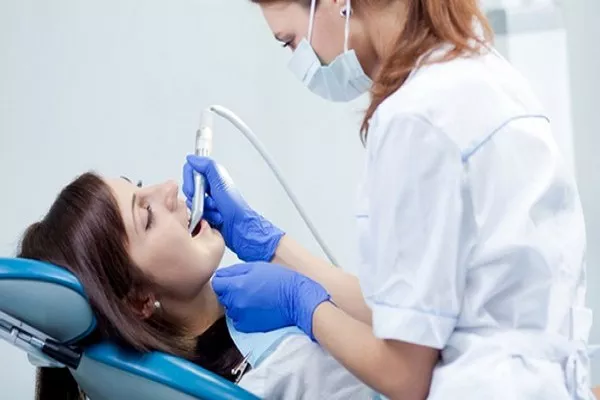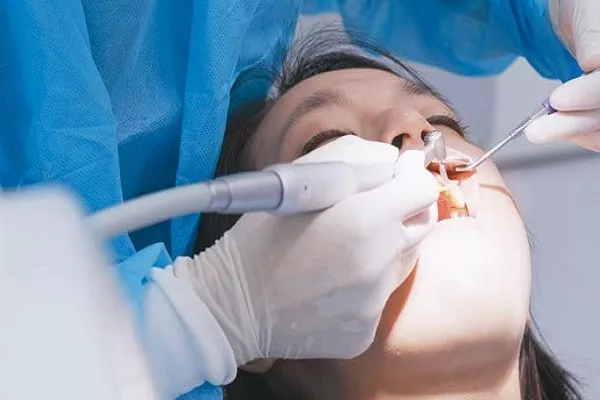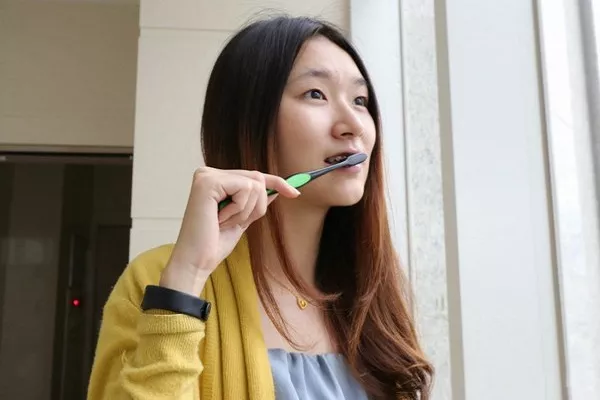Plaque, a soft and sticky film of bacteria that forms on teeth, is a common concern for maintaining optimal oral health. Many individuals wonder whether it’s safe to remove plaque themselves at home. While some DIY methods can be effective, it’s essential to understand the risks involved and the best practices for plaque removal. This article delves into the safety of removing plaque at home, provides guidance on effective plaque removal techniques, and emphasizes the importance of regular professional dental care.
Understanding Plaque and Its Consequences
Plaque is a biofilm that continuously develops on teeth, harboring harmful bacteria that produce acids. These acids can erode tooth enamel, leading to cavities and gum disease. If not removed regularly, plaque can harden into tartar (calculus), which cannot be removed through regular brushing and flossing alone. Tartar buildup can further exacerbate dental problems, leading to more serious oral health issues.
DIY Plaque Removal: Pros and Cons
While there are several methods for removing plaque at home, it’s important to weigh the pros and cons:
Pros:
Cost-Effective: DIY plaque removal methods are often more affordable than professional dental cleanings.
Convenience: You can perform these methods at your convenience, without the need for a dental appointment.
Cons:
Incomplete Removal: DIY methods may not effectively remove all plaque and tartar, especially in hard-to-reach areas.
Potential Damage: Aggressive techniques or improper tools can damage tooth enamel and gums.
Risk of Infection: Incorrect practices can introduce bacteria into the bloodstream, increasing the risk of infection.
Effective DIY Plaque Removal Techniques
Brushing: Brush your teeth at least twice a day using a soft-bristle toothbrush and fluoride toothpaste. Use gentle circular motions, paying attention to each tooth surface.
Flossing: Floss daily to remove plaque and food particles from between teeth. Gently slide the floss between teeth, curve it around each tooth, and move it up and down.
Interdental Brushes: These small brushes can help clean between teeth and around braces or dental work.
Water Flosser: A water flosser can be effective in removing plaque from hard-to-reach areas. Use it on a low setting to avoid damaging gums.
Tongue Scraper: Gently clean your tongue’s surface to remove bacteria that contribute to plaque.
Oil Pulling: Swish coconut or sesame oil in your mouth for 15-20 minutes, then spit it out. This technique is believed to help remove plaque, but scientific evidence is limited.
The Role of Professional Dental Care
While DIY methods are valuable for maintaining oral health between dental visits, they cannot replace the expertise of a dentist or dental hygienist. Regular dental check-ups are essential for:
Thorough Cleaning: Professional dental cleanings effectively remove plaque and tartar from hard-to-reach areas.
Early Detection: Dentists can identify potential oral health issues early, preventing more significant problems down the line.
Guidance: Dental professionals can recommend personalized oral hygiene practices tailored to your needs.
Conclusion
Removing plaque at home can contribute to maintaining good oral hygiene, but it’s important to approach it with caution and proper techniques. While DIY methods can complement professional dental care, they should not replace regular dental visits. Seeking professional guidance and scheduling routine dental check-ups are integral to preserving your oral health. By combining effective at-home practices with professional care, you can achieve a healthy and radiant smile that lasts a lifetime.
Related Topics:































